How to Get Your Whites Whiter Than White (Without Just Using Bleach)
I’ve spent years in the textile care world, from the trenches of commercial laundries to running my own high-end cleaning business. And let me tell you, I’ve seen every shade of dingy white imaginable—from yellowed family heirlooms to grayish chef’s coats that looked like they’d seen a battle.
In this article
- First, Let’s Figure Out Why Your Whites Are Fading
- The Pro’s First Step: Always Assess the Garment
- Your Whitening Toolkit: From Gentle to Serious Business
- Putting It All Together: My Weekly White Load Routine
- Quick Troubleshooting: “Help, Something Went Wrong!”
- When to Wave the White Flag and Call a Pro
- Inspirational Gallery with Photos
The first thing I always tell people is this: getting whites truly white isn’t about finding one miracle product. It’s about understanding what made them look so sad in the first place.
So often, someone brings me a garment, totally frustrated, wondering what they did wrong. Honestly, it’s rarely one single mistake. It’s the slow, sneaky buildup of minerals from your water, residue from your detergent, and body oils that just didn’t quite wash out. This stuff creates an invisible film on the fabric that grabs onto dirt. Your whites aren’t necessarily stained; they’re just… coated. Before you can whiten anything, you have to get it truly, deeply clean. This is the exact process I’ve perfected over thousands of loads, and it’s what I use for my own family’s clothes.
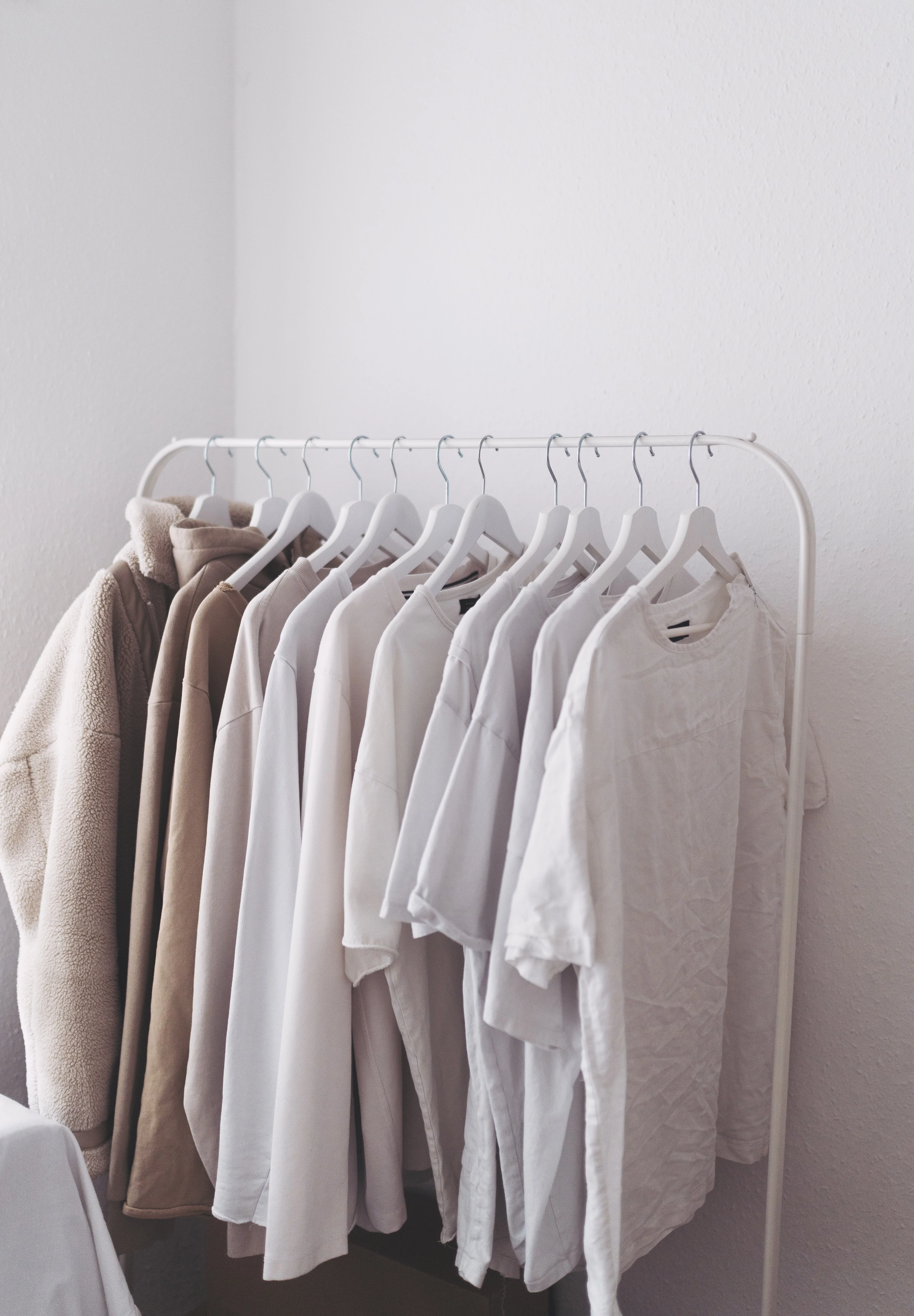
First, Let’s Figure Out Why Your Whites Are Fading
Before we grab a single product, we need to play detective. Knowing what we’re fighting against is half the battle. In my experience, it usually boils down to two main culprits: yellowing and graying. They look different because they have different causes, and that means they need slightly different game plans.
The Problem: Yellowing
Yellowing is almost always an organic issue. The main cause? Body oils and sweat. If your detergent isn’t strong enough or you’re washing in water that’s too cold, these oily residues don’t fully rinse away. Over time, they oxidize in the air and turn yellow. This is why you see it most on shirt collars and underarm areas.
Another huge mistake I see all the time is using way too much detergent or fabric softener. The excess doesn’t get rinsed out. Instead, it leaves a sticky film that actually attracts dirt and slowly yellows. If your clothes sometimes feel a little stiff or greasy right out of the wash, that’s a dead giveaway you have residue buildup.
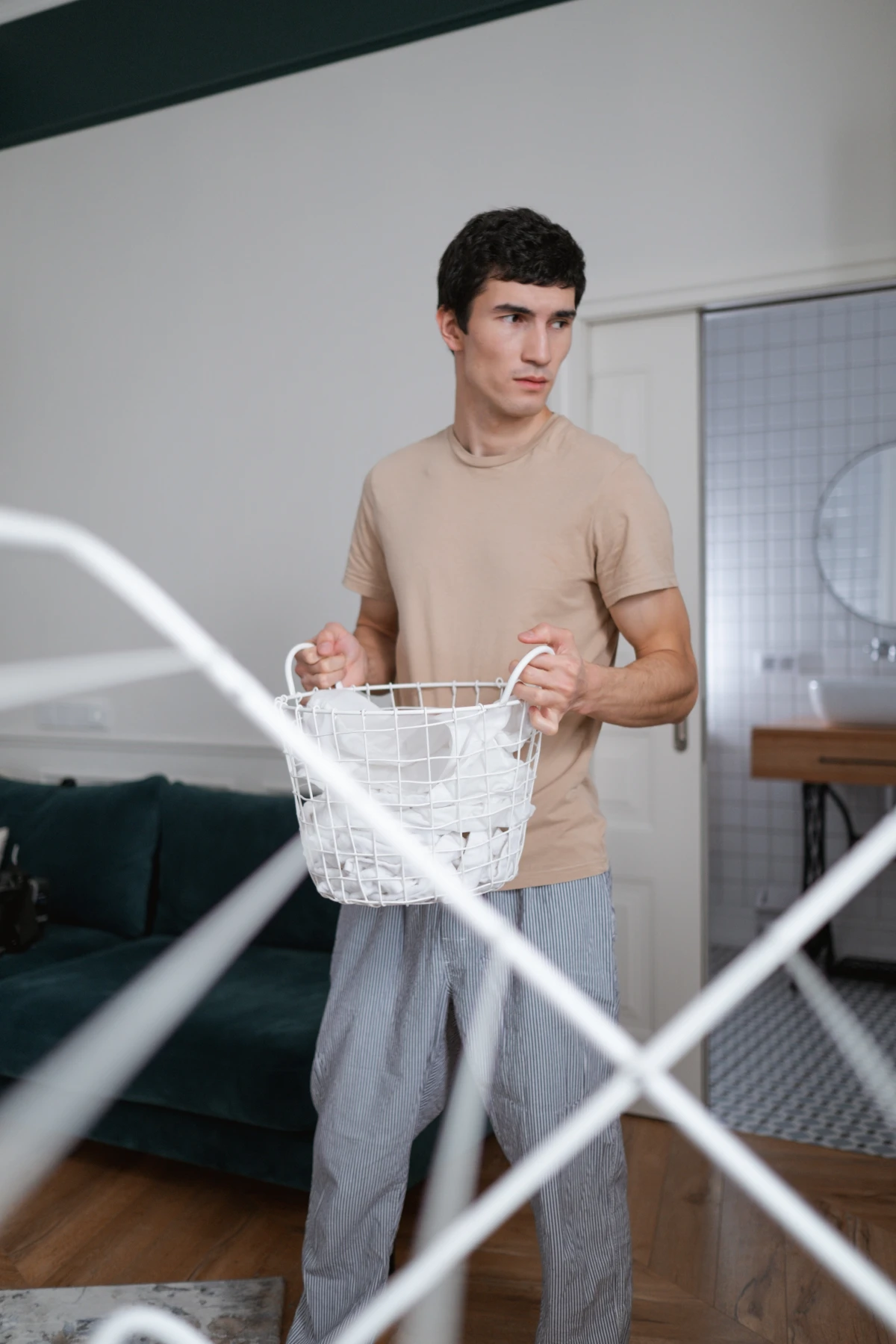
The Problem: Graying
Graying, on the other hand, is usually about minerals or rogue dyes. If you have hard water, your water is loaded with calcium and magnesium. These minerals latch onto fabric fibers, making them less reflective and giving them a dull, gray look. Even worse, these mineral deposits act like tiny magnets, grabbing any loose dirt or dye in the wash water and locking it onto your whites.
The other cause is simple dye transfer. Washing your whites with even very light colors can cause a tiny amount of dye to bleed. You won’t notice it after one wash, but after ten or twenty? That’s when you see that distinct gray cast. This is why sorting your laundry isn’t just a friendly suggestion—it’s the first and most important rule of keeping whites white.
The Pro’s First Step: Always Assess the Garment
Before you treat anything, take sixty seconds to do a quick assessment. Rushing this part is how you ruin clothes. Trust me.
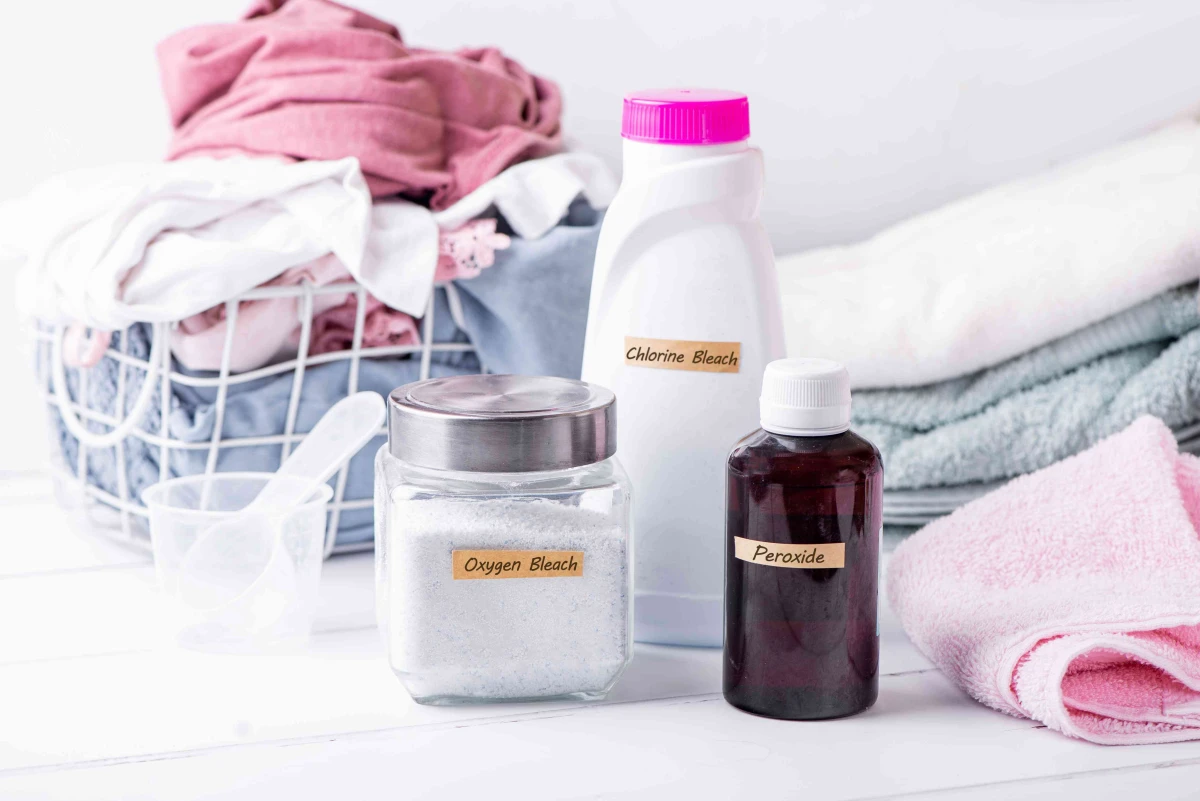
1. Check the Care Label: This is non-negotiable. The label tells you what the fabric is made of—cotton, linen, silk, wool, polyester, etc. Your entire game plan depends on this. A method that works wonders on a tough cotton t-shirt will absolutely destroy a silk blouse.
2. Identify the Problem: Take a good look at the item in natural light. Is it uniformly gray? Is it yellow, especially around the collar and cuffs? Or are you dealing with specific spots, like coffee or grass? General dinginess needs a soak, while a specific stain needs targeted pre-treatment.
Quick Tip: The “Laundry Stripping” Test
If you’re not sure if you have residue buildup, try this. I used to do this to show clients what was really hiding in their “clean” clothes, and it’s always an eye-opener. Here’s a simple recipe for a strip soak:
- Fill a bathtub or a large basin with the hottest water your tap can produce.
- Add a mix of cleaning boosters. A good starting recipe is 1/4 cup of Borax, 1/4 cup of Washing Soda, and about 1/2 cup of a powdered laundry detergent. You can find Borax and Washing Soda in the laundry aisle of most grocery stores or places like Walmart for about $5-$7 a box.
- Stir until everything is dissolved. Add your clean, dry white clothes and push them down until they’re fully submerged.
- Let them soak for at least 4 to 5 hours, stirring every hour or so.
After a few hours, look at the water. If it’s murky, gray, or brownish… congratulations, you’ve found the problem. Seeing that shockingly dirty water is proof that the issue isn’t your fabric—it’s the gunk that has built up over time.
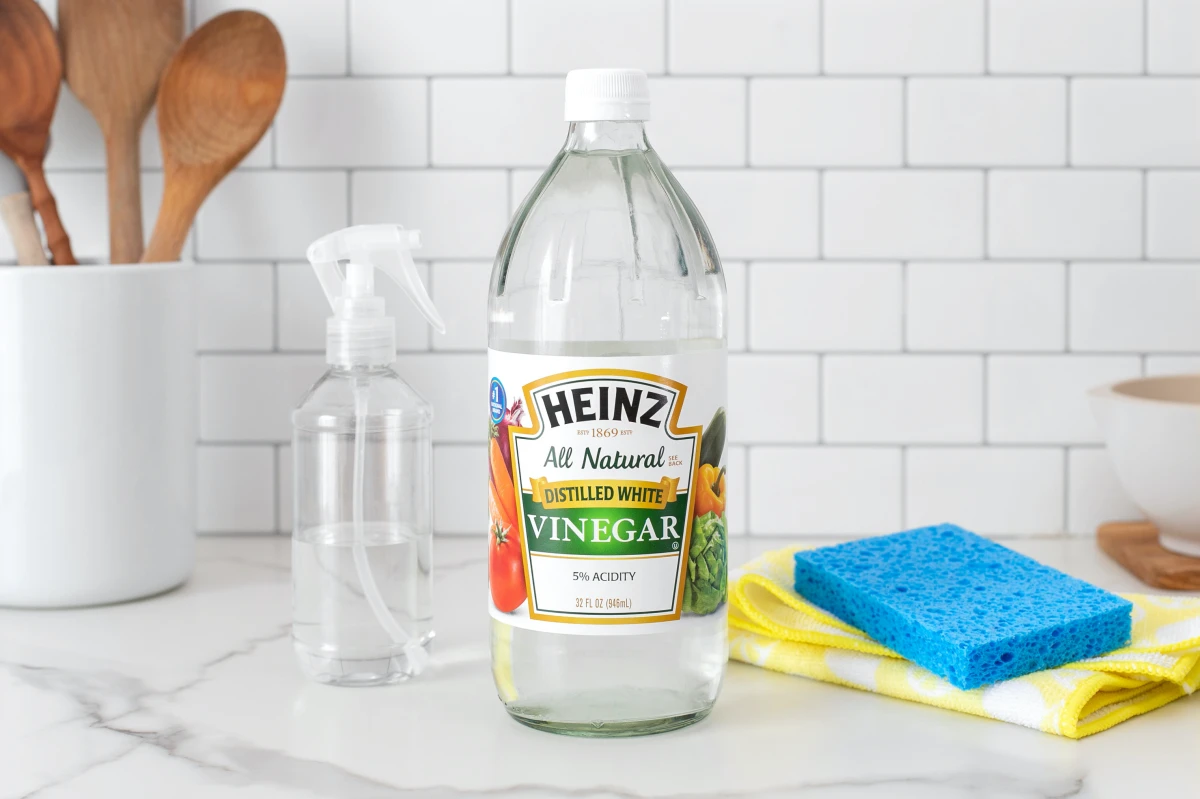
Your Whitening Toolkit: From Gentle to Serious Business
I always organize my cleaning agents by strength. You start with the gentlest method that can get the job done. Going straight for the harsh stuff is an amateur move that just wears out your clothes faster.
For Graying Caused by Hard Water: Mild Acids
Mild acids are your best friend for fighting grayness from mineral deposits. They work by dissolving the calcium and magnesium, literally releasing their grip on the fabric.
Distilled White Vinegar
This is a must-have. The acetic acid is gentle but surprisingly effective. It’s not a stain remover, but it’s a fantastic mineral remover and fabric softener.
- How to use it: The trick is to use it in the final rinse. If you add it during the wash, the alkaline detergent will just neutralize it. Instead, pour one cup into the fabric softener dispenser of your top-loader (or a half-cup for a high-efficiency machine). It will be released at the right time to strip away mineral buildup and any leftover detergent.
- Quick pre-soak: For really dingy, gray items, a pre-soak can work wonders. Mix one part white vinegar with four parts warm water and let the clothes soak overnight before washing.
- Heads up! People always ask if their clothes will smell like a salad. I promise you, the smell completely vanishes once the clothes are dry. And please, only use distilled white vinegar; apple cider vinegar has tannins that can leave stains.
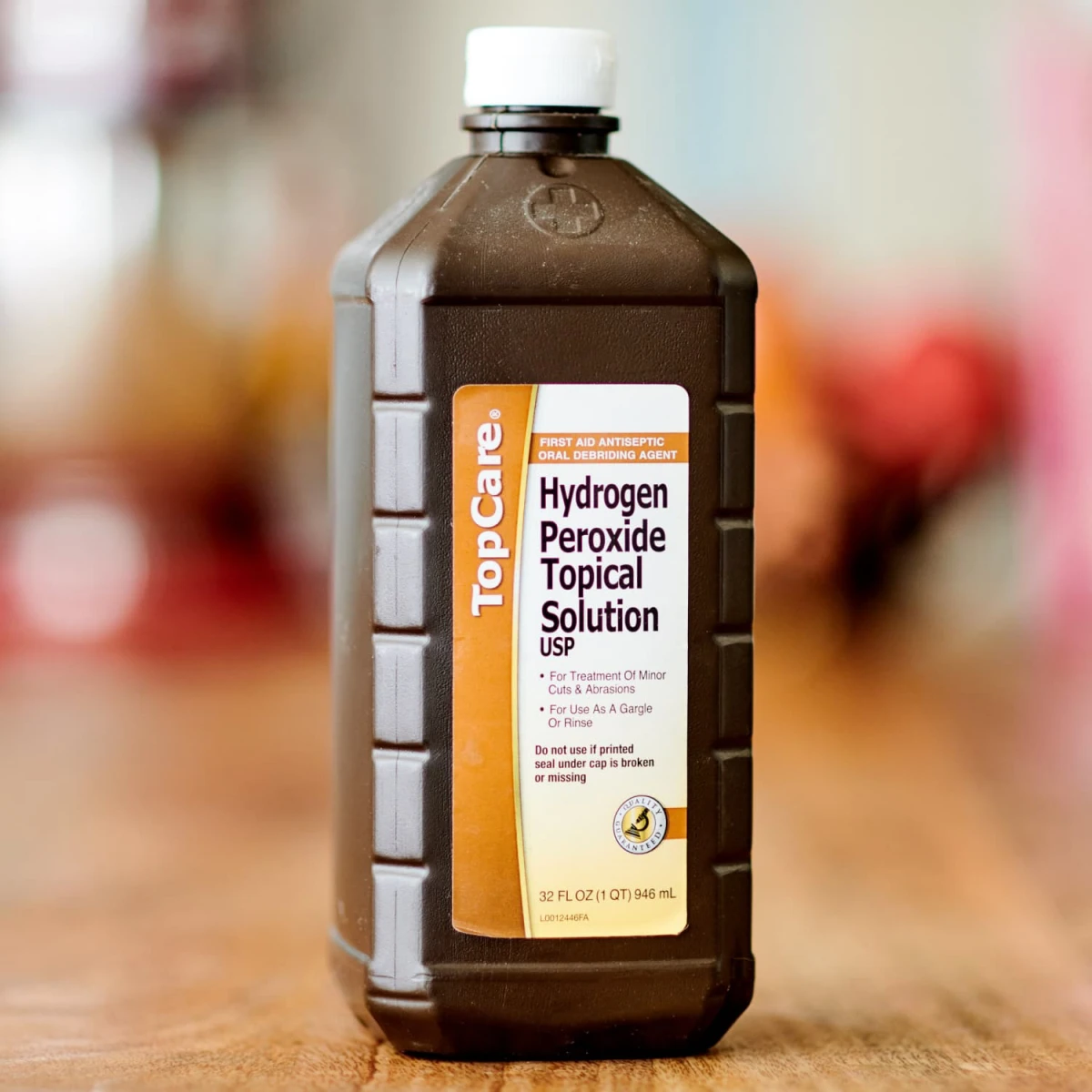
Lemon Juice
Lemon juice contains citric acid, which works in a similar way. It’s also a natural bleaching agent, especially when you get the sun involved.
- How to use it: This method is best for sturdy cottons, not delicates. Mix the juice from two or three lemons (about a half-cup) into a bucket of hot water and soak your clothes for at least an hour. For a real power-up, hang the wet, lemon-soaked garments in direct sunlight. The UV rays activate the citric acid and boost its whitening power. It’s an old-school trick that really works, but be aware that doing it frequently can weaken fibers over the long haul.
For Yellowing Caused by Oils and Grime: Alkaline Boosters
Alkaline solutions raise the pH of your wash water, which supercharges your detergent and helps it break down oils, sweat, and general grime more effectively.
Baking Soda
Baking soda is a mild alkali and a gentle helper. To be frank, it’s more of a preventative measure to maintain brightness than a tool for serious restoration. Add a half-cup directly into the washing machine drum with your clothes to help soften the water and give your detergent a little boost.
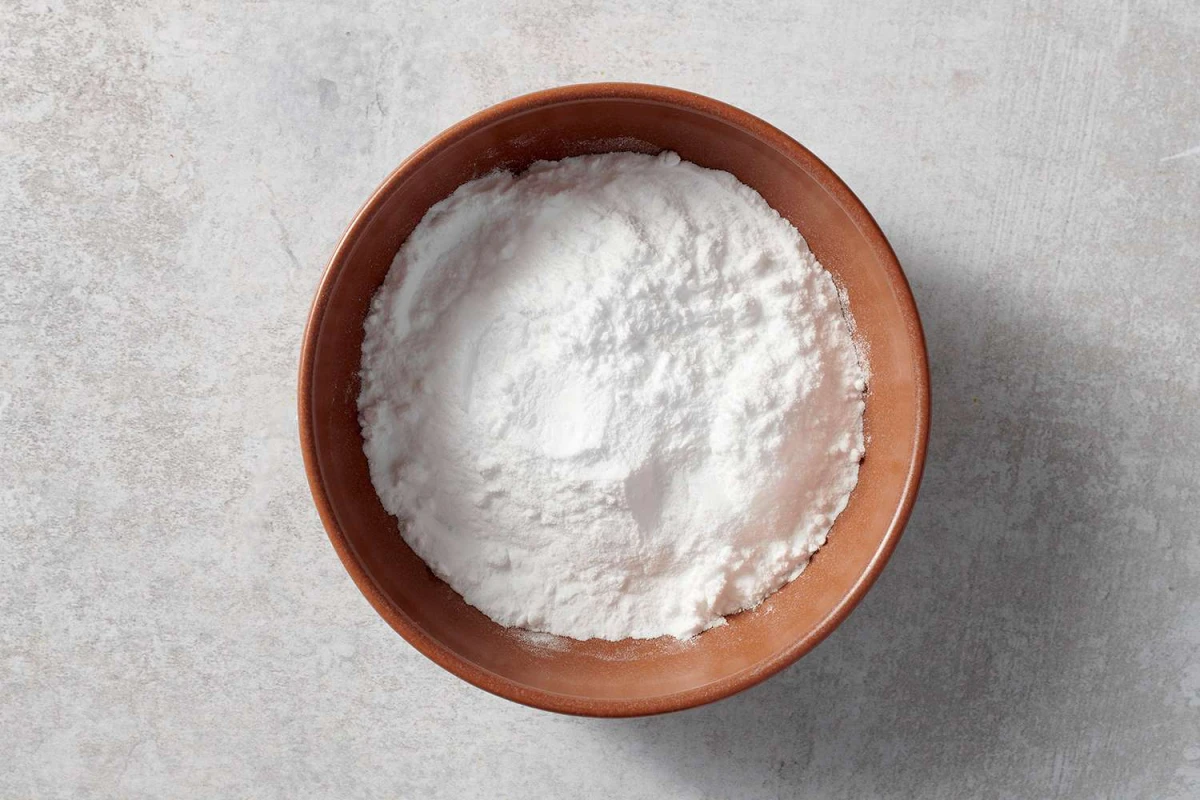
Washing Soda
Now this is the workhorse. Washing soda (sodium carbonate) is way more alkaline than its cousin, baking soda. It’s a serious cleaning agent you can find in the laundry aisle, often from the brand Arm & Hammer. A box costs about $5 and will last a long time.
- How to use it: I use this for any load that’s heavily soiled or feels greasy. Add a half-cup right into the drum with your detergent. It’s a beast at cutting through oil and grease.
- Safety First: Unlike baking soda, washing soda can irritate your skin. It’s a good idea to wear gloves when handling the powder. Respect this product—it’s powerful stuff.
For Attacking Stains and Restoring Brightness: Oxidizing Agents
These are the true “whiteners.” They work by releasing oxygen molecules that break down the chemical bonds in stains, making them colorless. This is where the magic happens.
Hydrogen Peroxide (3% Solution)
This is my favorite safe and effective whitener for almost any fabric, even some delicates. You can buy it in any pharmacy for a couple of bucks.
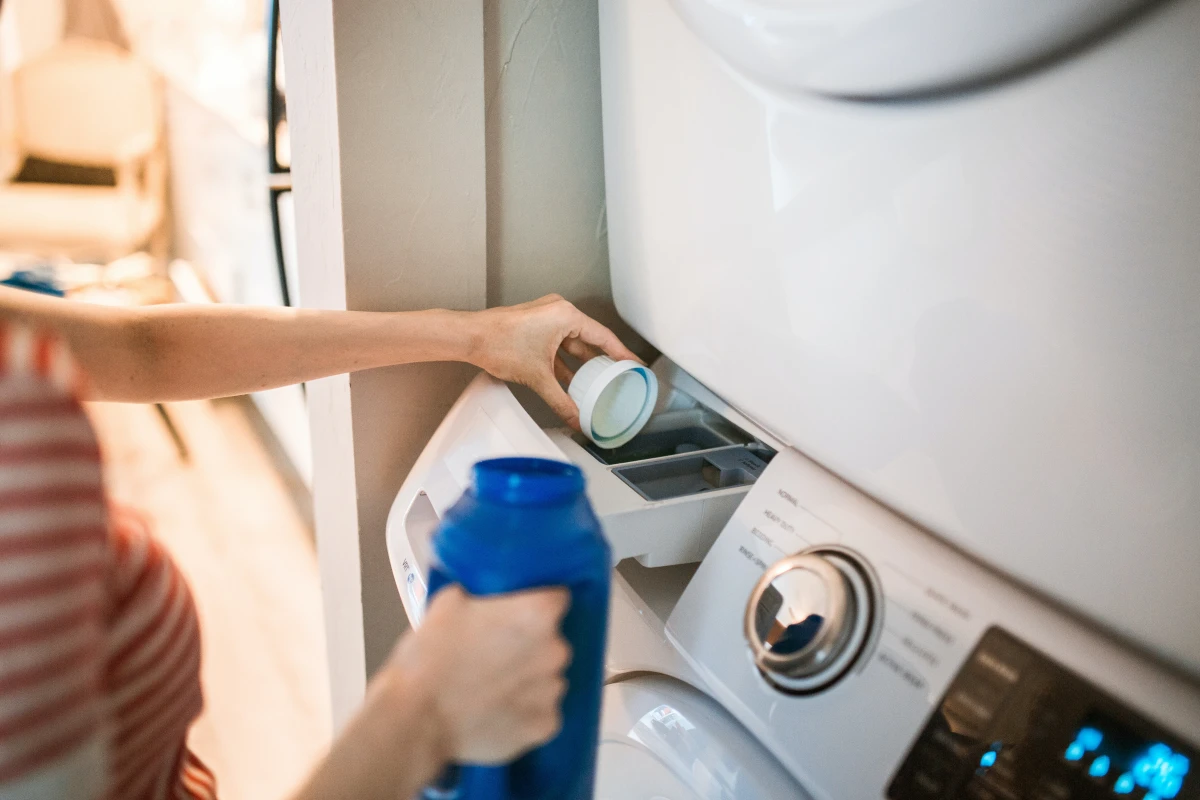
- How to use it: Add one cup of a fresh 3% hydrogen peroxide solution to the bleach dispenser of your washer. It’s vital that it’s fresh—if you pour some in a cup and it doesn’t fizz, it has turned into plain water and won’t do anything. I also use it to spot-treat yellow underarm stains. Just apply it directly, let it sit for 30 minutes, and then wash.
Oxygen Bleach (like OxiClean)
Most powdered “oxygen bleaches” are based on sodium percarbonate. When you dissolve this powder in water, it releases hydrogen peroxide. It’s the foundation of modern, color-safe whitening.
- How to use it: Activation is everything. Oxygen bleach needs hot water to work its best (think 120°F / 50°C or hotter). For a general whitening boost, add a scoop (use the one that comes with the container, or about 1/4 cup) to every load of whites. For a serious rescue mission on old linens, a long soak is the way to go. I’ve restored antique fabrics by soaking them for up to 24 hours in a hot oxygen bleach solution.
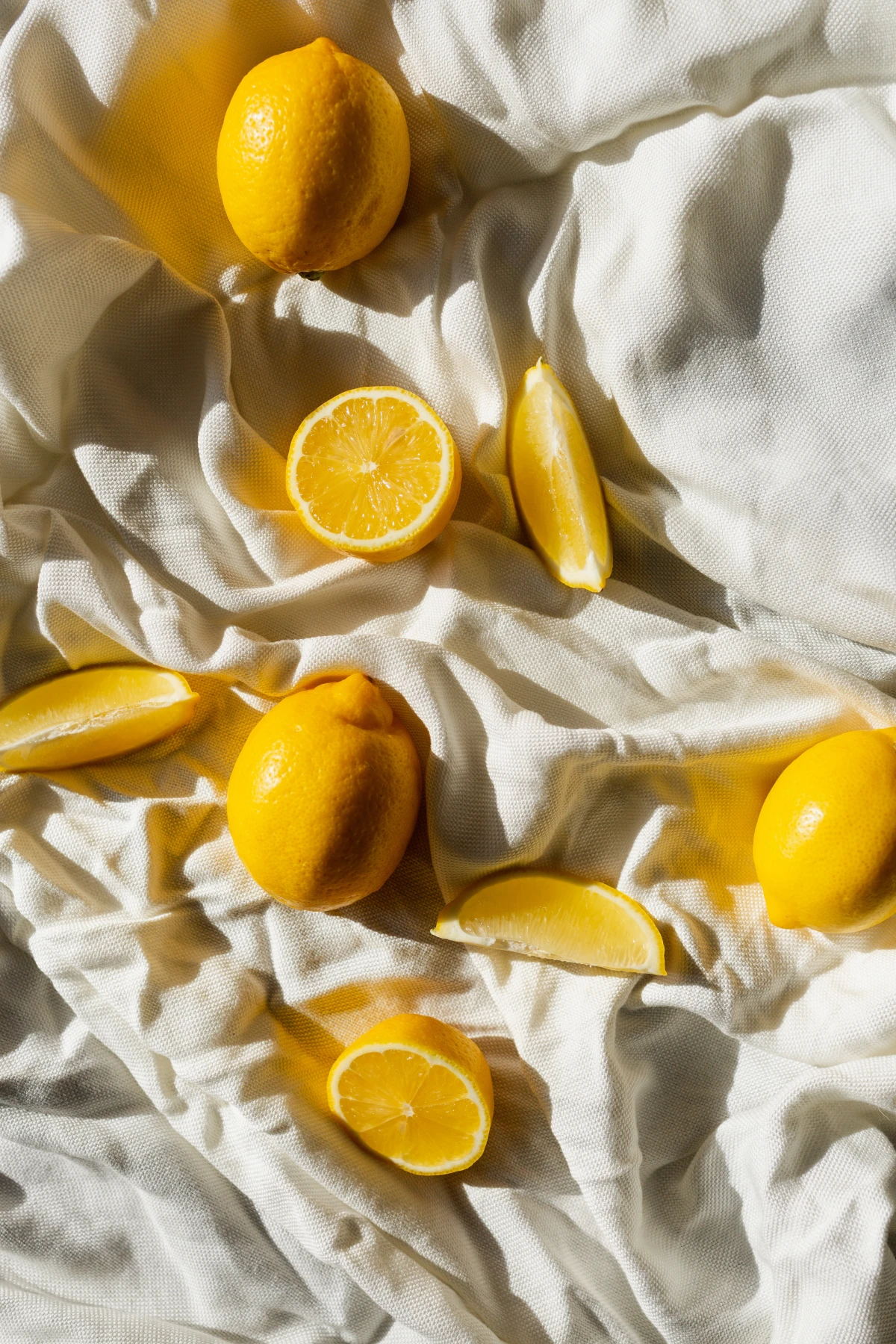
The Heavy Hitter: Chlorine Bleach
Chlorine bleach is the most powerful tool you can buy, but it’s also the most destructive. I use it very carefully and only in specific situations.
- When to use it: Only on sturdy, 100% cotton or cotton-poly blend items that are heavily stained with things like mildew or tough organic stains. Think hotel sheets or a chef’s coat after a disaster.
- When NOT to use it: Never use it on wool, silk, or spandex; it will literally dissolve them. It can also react with synthetics like nylon and polyester, turning them permanently yellow. This is an irreversible chemical burn on the fabric.
- How to use it safely: This is critical. Never pour bleach directly on clothes. For a standard top-loader, use no more than 3/4 cup. For a high-efficiency machine, a 1/3 cup is plenty. Add it to the bleach dispenser or to the water after the machine has filled but before you add the clothes.
- EXTREME SAFETY WARNING: Never, EVER mix chlorine bleach with other cleaners. Mixing it with ammonia creates toxic gas. Mixing it with an acid like vinegar creates chlorine gas. This isn’t a joke—I once saw a new employee make this mistake, and we had to evacuate the room. Keep it separate, always.
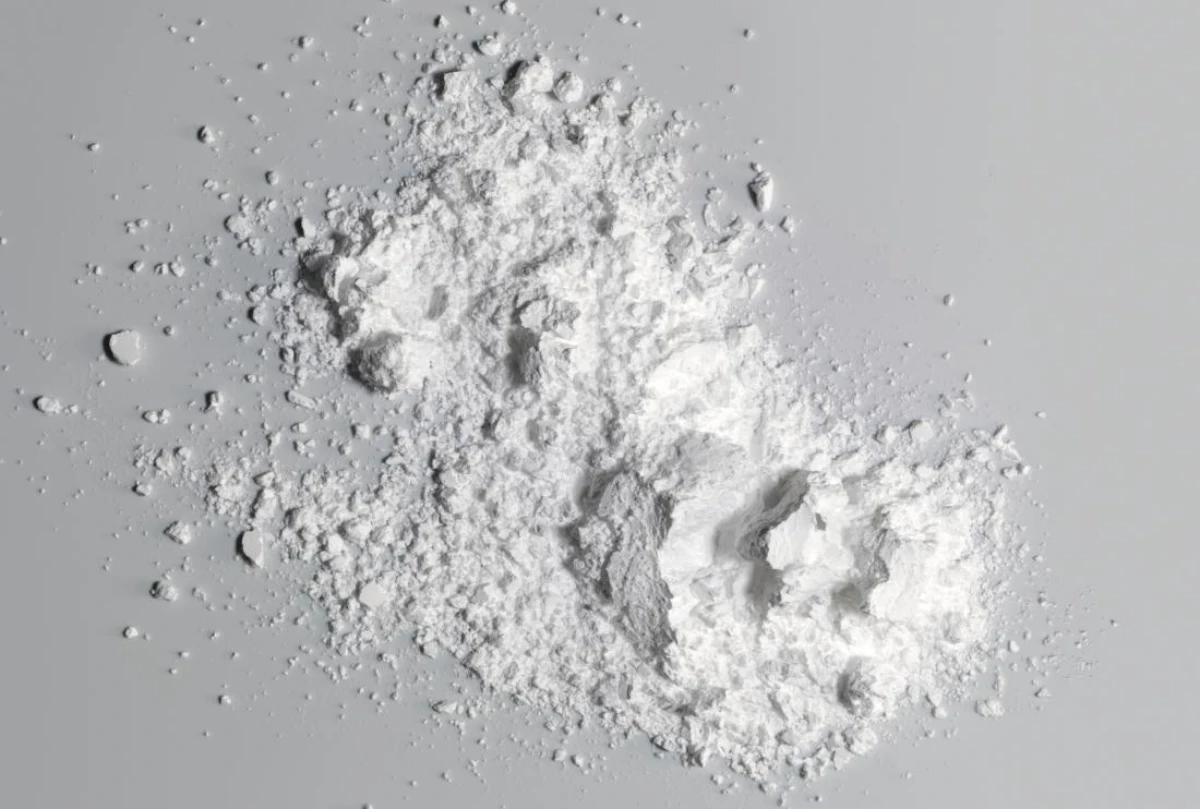
Putting It All Together: My Weekly White Load Routine
Okay, let’s make this simple. Here’s a step-by-step routine to keep your whites looking amazing.
- Sort Like a Maniac: Whites only. No, that light gray t-shirt cannot come to the party. Check the care labels.
- Pre-Treat Spots: Give each item a quick once-over. Dab some hydrogen peroxide on yellow underarms or a bit of heavy-duty liquid detergent on any oily spots. Let it sit for 30 minutes.
- Load the Machine (Don’t Overstuff!): Clothes need room to swish around to get clean.
- Choose Hot Water: For sturdy cottons and linens, use the hottest water setting your machine offers that’s safe for the fabric.
- Add Your Arsenal: Use a high-quality detergent. Then, add your boosters directly into the drum before the clothes. My go-to combo for a standard load is a scoop of Oxygen Bleach (about 1/4 cup) and, since I have hard water, a half-cup of Washing Soda.
- Run the Cycle: Consider using an extra rinse to make sure every bit of detergent and soil is washed away.
- A Note on Combining: Yes, you can absolutely use different products in the same load! For example, using Oxygen Bleach and Washing Soda in the main wash, and then adding white vinegar to the rinse cycle is a fantastic combo. They work at different times, so they don’t cancel each other out.
- Dry Smart: If you can, line-dry whites in the sun. It’s free, and the UV rays provide a final, gentle bleaching and disinfecting effect. If using a dryer, don’t over-dry, as intense heat can sometimes cause yellowing on certain fabrics.
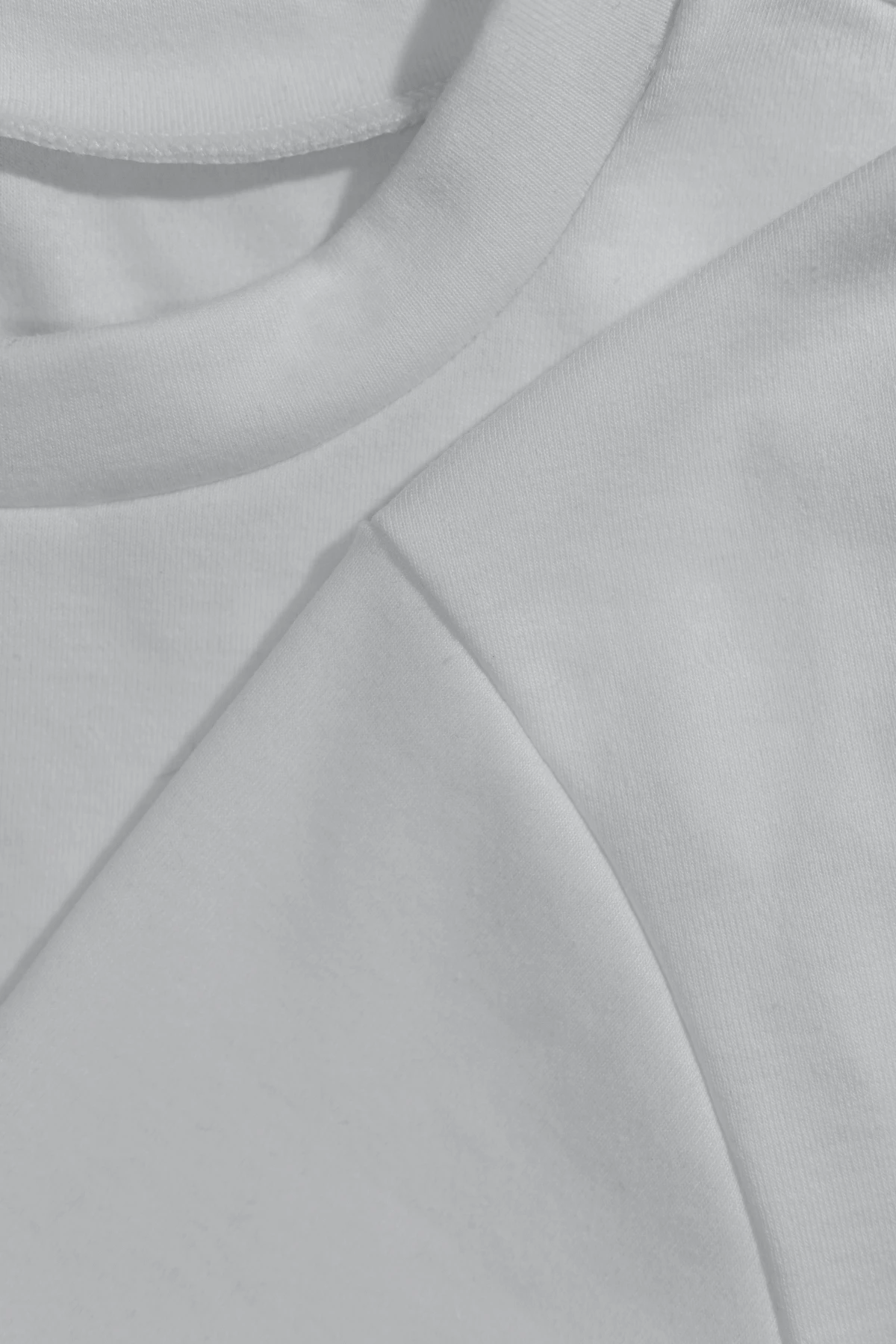
Quick Troubleshooting: “Help, Something Went Wrong!”
- “I used bluing and now my shirt has blue streaks!” – Don’t panic! It means it wasn’t diluted enough. Don’t put it in the dryer. Just rewash the item immediately with detergent, and the streaks should come right out.
- “My oxygen bleach isn’t working.” – Your water probably isn’t hot enough. It really needs hot water (at least 120°F / 50°C) to fully activate and do its job. Try a hot water soak first.
- “I used chlorine bleach and my white synthetics turned yellow!” – I’m sorry to say, this is likely permanent. Bleach can cause a chemical reaction on nylons and polyesters that can’t be reversed. This is why checking the fiber content is so important!
When to Wave the White Flag and Call a Pro
Look, these methods can restore most things, but sometimes you need to call in a professional. Head to a reputable dry cleaner if:
- The label says “Dry Clean Only.” (They mean it!)
- The item is silk, wool, or another delicate protein fiber.
- It’s a priceless heirloom like a wedding dress or christening gown.
- The garment has delicate beads, sequins, or intricate lace.
Restoring dingy whites is a skill, but it’s one you can definitely learn. It’s not about magic—it’s just about using the right tool for the job. Once you move beyond just a splash of bleach, you’ll be amazed at what you can bring back to life.
Inspirational Gallery with Photos
The Hard Water Problem: If your whites consistently come out grayish and stiff, the culprit is likely hard water. The high mineral content (calcium and magnesium) builds up on fabrics, preventing detergents from working properly and creating a dull film.
The Solution: Add a water softening agent to every wash. A product like Calgon Water Softener is specifically designed for this, but a half-cup of Arm & Hammer Super Washing Soda or borax also works wonders to bind the minerals, allowing your detergent to focus on cleaning.
Did you know? Up to 80% of laundry detergents are composed of ‘builders’—like phosphates or sodium citrate—whose primary job isn’t to clean, but to soften water so the cleaning agents can do their work effectively.
This is why simply adding more detergent in hard water areas is often counterproductive. It just adds to the residue buildup. Instead, focusing on a separate water-softening additive allows a normal amount of a high-quality detergent, like Persil ProClean, to perform at its peak.
Can sunshine really make whites whiter?
Absolutely. It’s one of the oldest and most effective natural bleaching techniques. The ultraviolet rays from the sun create a chemical reaction that breaks down the bonds in stains and yellowing, effectively whitening the fabric. For an extra boost, pre-treat stains with lemon juice before laying the garment flat in direct sunlight. This works best on natural fibers like cotton and linen.
- Revives dingy, yellowed whites.
- Restores absorbency to towels.
- Deep-cleans fabrics better than a standard wash.
The secret? Laundry stripping. It’s an occasional deep-soak process designed to remove stubborn buildup. In a bathtub of hot water, dissolve ½ cup borax, ½ cup washing soda, and a full scoop of a powerful powder detergent. Soak your clean whites for 4-6 hours, stirring occasionally. The shockingly murky water is proof of the residue it removes.
There’s a subtle but immense satisfaction in folding a stack of truly white t-shirts or slipping into a bed with crisp, bright white sheets. It’s more than just clean; it’s a feeling of renewal. That fresh, almost scentless scent of sun-dried cotton is a small, quiet luxury that sets a positive tone for the day or a peaceful mood for the night.
Oxygen Bleach (e.g., OxiClean): This is a powerful stain remover. It works through a chemical reaction, releasing oxygen bubbles that break down protein and organic stains, making it great for yellowing from sweat or food.
Bluing Agent (e.g., Mrs. Stewart’s Bluing): This isn’t a cleaner. It’s an optical brightener that adds a minuscule amount of blue pigment to the fabric, which counteracts yellow undertones and makes whites appear brighter to the eye.
Use oxygen bleach to clean and remove stains, and bluing as a final finishing touch for an extra-brilliant white.
“The whiteness of a family’s linens was once a direct reflection of their social standing, a visible testament to their cleanliness and the diligence of their household staff.” – Textile Historian Perspective
The biggest mistake: Overloading the washing machine. We’ve all done it to save time, but it’s the fastest way to get dingy clothes. Garments need space to tumble freely through the water and detergent. When packed too tightly, water can’t circulate, dirt gets trapped and redeposited, and nothing gets truly clean, let alone white.
Before you invest in specialty products, raid your pantry. These everyday items can give your whites a significant boost:
- Distilled White Vinegar: Add a cup to the rinse cycle. It helps dissolve the alkaline residue from detergent and hard water minerals.
- Baking Soda: A half-cup in the wash drum helps deodorize, soften fabrics, and enhance detergent performance.
- Aspirin: Surprisingly, dissolving 5-6 uncoated aspirin tablets in a basin of hot water and soaking whites for a few hours can help brighten them, thanks to the salicylic acid.










